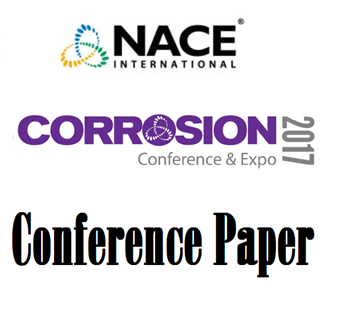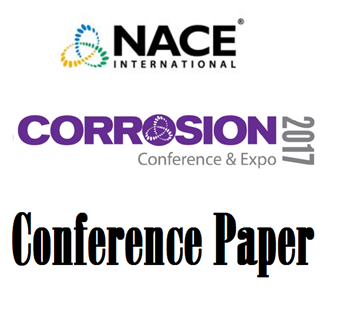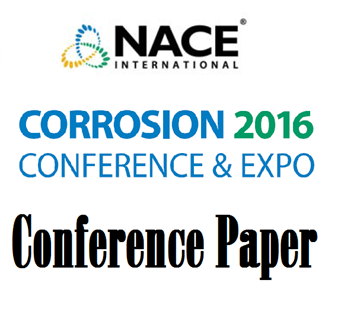Search
Effect of Carbon Dioxide and Hydrogen Sulfide on the Localized Corrosion Susceptibility of Corrosion
Also Purchased
Design Challenges for Material Selection in Sour and High Salinity Gas and Oil Production Facilites
Product Number:
51317--9244-SG
ISBN:
9244 2017 CP
Publication Date:
2017
$20.00
Effect of Acetic Acid on Sour Corrosion of Carbon Steel
Product Number:
51317--9318-SG
ISBN:
9318 2017 CP
Publication Date:
2017
$20.00
51316-7313-Effect of Iron Sulfide Deposits on Sour Corrosion of Carbon Steel
Product Number:
51316-7313-SG
ISBN:
7313 2016 CP
Publication Date:
2016
$20.00




